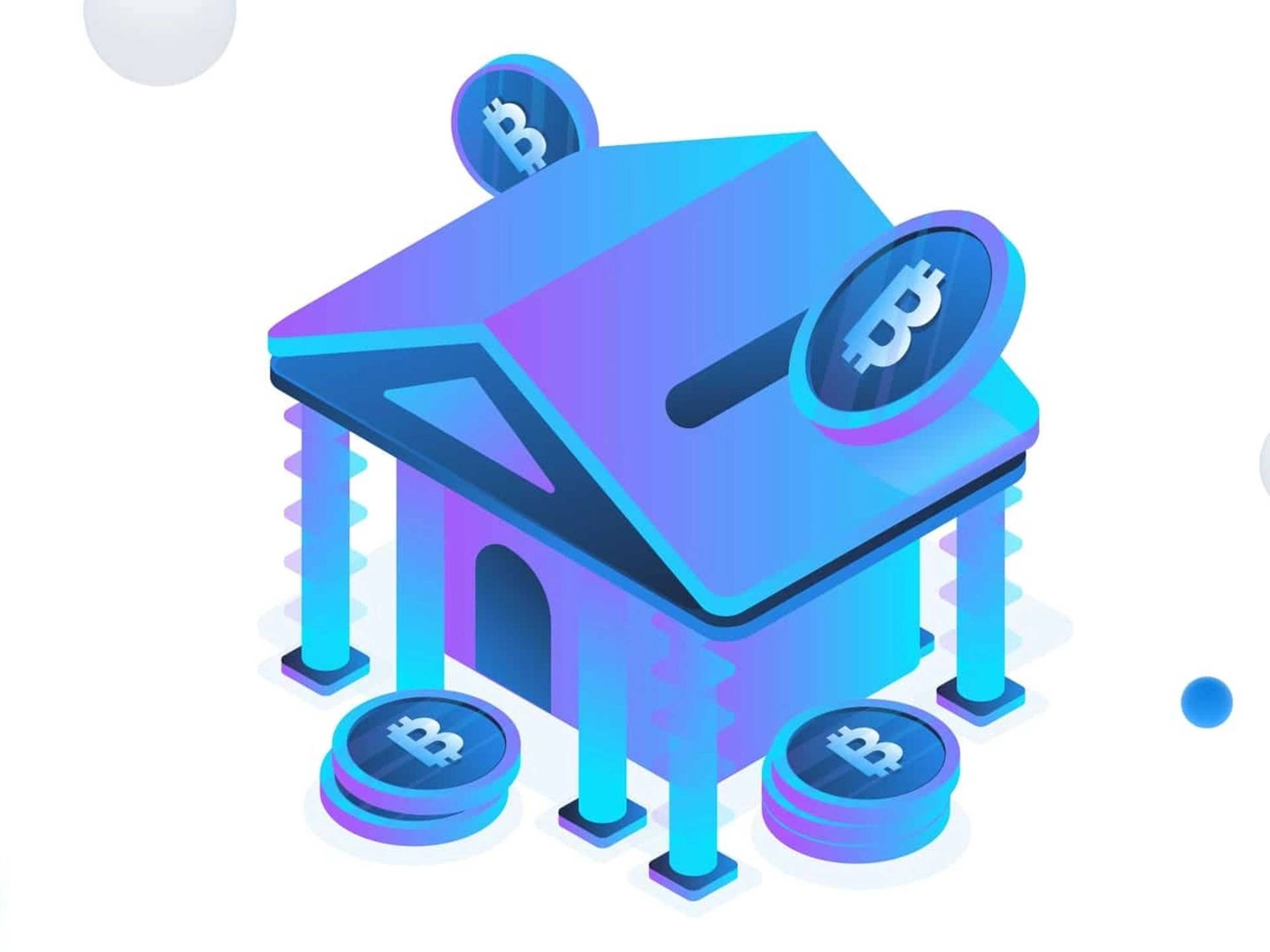위키 구독하기
Share wiki
Bookmark
CeFi (Centralized Finance)
에이전트 토큰화 플랫폼 (ATP):에이전트 개발 키트(ADK)로 자율 에이전트 구축
CeFi (Centralized Finance)
**중앙화된 금융(CeFi, Centralized Finance)**은 은행, 중개업체 또는 거래소와 같은 중개자나 중앙 기관을 통해 거래가 이루어지는 전통적인 금융 시스템을 말합니다.[1][4] 암호화폐 맥락에서 CeFi 플랫폼은 중개자 역할을 하며, 사용자 자금에 대한 통제권을 유지하면서 암호화폐의 매수, 매도 또는 거래를 용이하게 합니다.[3]
역사
중앙화된 금융(CeFi)은 초기 형태의 대출 및 금융 중개가 등장했던 고대 문명으로 거슬러 올라갑니다. 수세기 동안 현대 은행 시스템으로 발전하여 영란은행과 같은 기존 기관이 금융 통제의 중앙화를 형성했습니다. 20세기에 들어 정부는 금융 안정을 보장하기 위한 규제 프레임워크를 만들기 시작했습니다. 21세기 디지털 전환과 핀테크 혁신의 부상과 함께 전통적인 금융 기관은 디지털 기술을 통합했습니다.[2]
2009년 암호화폐, 특히 비트코인의 등장은 현상 유지를 깨고 탈중앙화된 디지털 통화를 도입했습니다. 중앙은행은 이제 디지털 통화(CBDC)를 제공하고 있으며, 탈중앙화 금융(DeFi)의 급속한 성장은 CeFi와 탈중앙화 대안 간의 지속적인 진화와 공존을 의미합니다.[2]
개요
중앙화된 금융(CeFi)은 중앙 권한 하에 운영되는 거래소, 지갑 및 기타 금융 서비스를 포함합니다. 많은 CeFi 플랫폼이 블록체인 기술을 활용하지만, 특히 법정화폐 운영의 경우 전통적인 은행 시스템과 상호 작용하는 경우가 많습니다. 이러한 플랫폼을 통해 사용자는 암호화폐를 저장, 거래 및 처리할 수 있습니다.[5][3]
CeFi 플랫폼은 법정화폐에서 암호화폐로의 전환, 암호화폐 거래, 대출, 차용, 저축 및 이자 수익 기회를 포함한 다양한 서비스를 제공합니다. CeFi의 주요 장점 중 하나는 사용자 친화적인 인터페이스로, 전통적인 금융에서 암호화폐 영역으로 전환하는 개인에게 매력적입니다. 규제 준수는 CeFi의 주요 측면이며, 많은 플랫폼이 지역 금융 규정에 맞추기 위해 고객 확인(KYC) 및 자금 세탁 방지(AML) 프로토콜을 준수합니다.[10][5]
중앙화된 금융은 의사 결정을 중앙화함으로써 보안 수준을 제공하며, 의사 결정과 프로토콜이 분산되는 탈중앙화 금융(DeFi)와 대조됩니다. CeFi에서 사용자는 종종 거래 및 트랜잭션을 용이하게 하기 위해 개인 키를 제3자 플랫폼에 위탁합니다. CeFi의 주요 목표는 공정한 교환을 보장하면서 거래 서비스의 효율성과 비용 효율성을 높이는 것입니다.[6]
사용 사례
중앙화 거래소(CEX)
중앙화 거래소(CEX)는 암호화폐 거래 플랫폼으로, 바이낸스, 코인베이스, 제미니, 크라켄과 같은 예시가 있으며, 중앙 기관의 권한과 통제하에 운영됩니다. CEX에서 사용자는 다양한 암호화폐를 매수, 매도 및 거래하기 위해 계정을 생성합니다. 모든 거래는 거래소 자체에서 처리되고 기록됩니다.[8] 이러한 플랫폼을 사용할 때 사용자는 자금을 거래소에 위탁하므로 자산에 대한 통제권을 일부 포기하게 됩니다. 그러나 이러한 플랫폼은 사용자 친화적인 인터페이스, 높은 유동성 및 여러 거래 쌍에 대한 광범위한 지원으로 인해 많은 암호화폐 거래자와 투자자들에게 선호됩니다. [7]
CeFi 대출/차용
사용자는 중앙화된 금융(CeFi) 플랫폼에서 레버리지를 통해 암호화폐를 활용하여 이자를 얻거나 자산을 담보로 사용하여 대출을 받을 수 있습니다. CeFi 차용은 개인과 기업이 암호화폐 보유량을 보증으로 사용하여 유동성을 활용할 수 있는 수단을 제공합니다. 이 프로세스를 시작하려면 차용자는 미리 정해진 양의 암호화폐를 중앙화된 대출 플랫폼 계정에 예치합니다. 이렇게 예치된 암호화폐는 담보 역할을 하며, 암호화폐 또는 법정화폐로 지급될 수 있는 대출을 고정합니다. 이자율과 상환 계획을 포함한 대출 조건은 차용자와 대출 플랫폼 간에 공동으로 설정됩니다. CeFi 차용의 주요 장점 중 하나는 사용자가 암호화폐 자산을 매각할 필요 없이 유동성에 접근할 수 있도록 하여 가격 상승을 활용할 수 있게 한다는 것입니다.[9]
잘못된 내용이 있나요?
